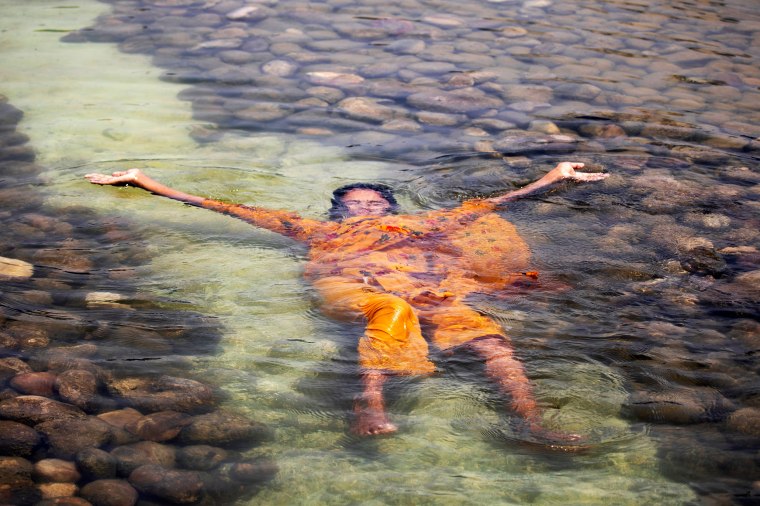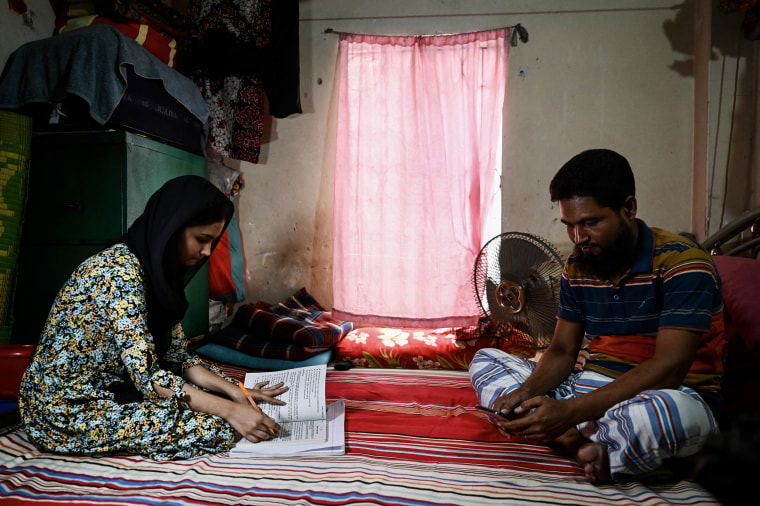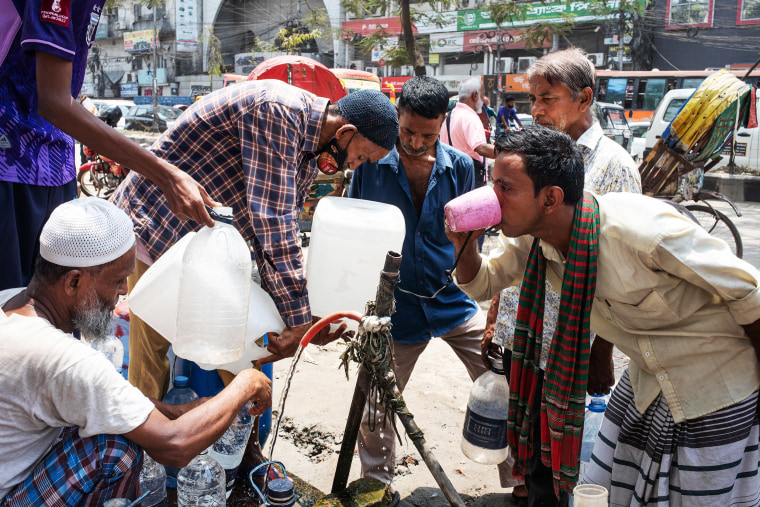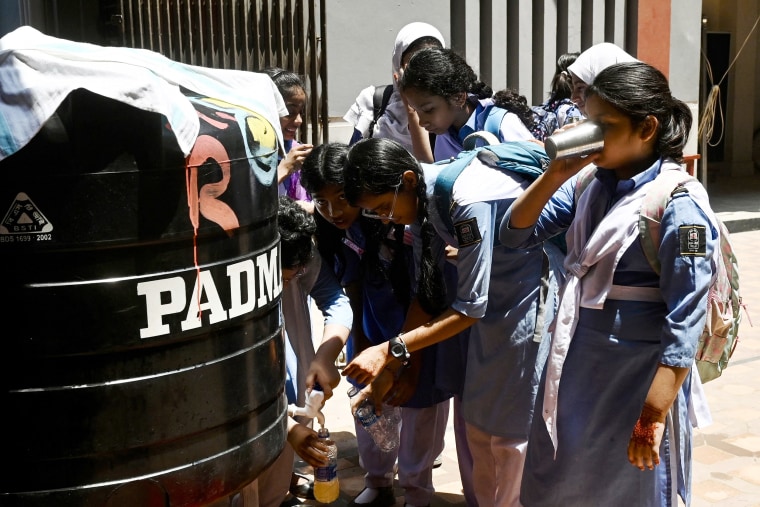HONG KONG — Schools in Asia that endured some of the longest shutdowns of the pandemic are once again canceling classes or moving them online, this time due to record-breaking heat waves.
Experts say rising temperatures fueled by climate change and the resulting disruptions to schooling threaten to widen the learning gaps between children in developing and developed countries, and that they should serve as a warning to schools around the world as summer approaches.
Some 33 million children have been forced to stay home in recent days after authorities ordered the closure of schools in Bangladesh, where temperatures in some parts of the South Asian country soared above 100 degrees Fahrenheit.
“Nowadays it’s unbearably hot. You feel your skin burning when the sun rays fall on you,” said Kazi Rayan bin Hassan, a 15-year-old high school student in the Bangladeshi capital, Dhaka.
Similar closures have affected parts of eastern India, which recorded its hottest April on record, killing at least nine people as the country holds a nationwide election. On Wednesday, public schools in Cambodia were instructed to shorten the school day by two hours to avoid the hottest temperatures at midday.
Warnings of “extreme danger” and the risk of heatstroke have also blanketed the Philippines, where in-person teaching was suspended on Monday and Tuesday. Forecasters say heat index values in the capital region of Manila could surpass 100 degrees this weekend.
“We have cases of bad stomach, headache, migraine,” said Zarah Gagatiga, a high school teacher and librarian in the nearby city of Biñan. While it’s not unusual for schools in the Philippines to close due to cyclones and floods, she said, “now it’s due to climate change.”

According to the United Nations, an estimated 243 million children in the Asia-Pacific region have been “exposed to hotter and longer heatwaves,” putting them at risk of a “multitude of heat-related illnesses, and even death.”
“Young children are at greatest risk of heat-related mortality and illnesses, including chronic respiratory conditions, asthma, and cardiovascular diseases,” UNICEF said in a statement last month.
But repeated school closures could compound the setbacks students already experienced during the pandemic, which forced classes online for months or even years in some parts of Asia. Authorities in Bangladesh, where students are preparing for exams, have said they will open schools on the weekend if necessary.
Some teachers, like Nasrin Akter, are wasting no time and moving their classes back online.
“We call them Corona kids. Most of them are used to online classes for most of their education,” said Akter, who teaches English to first graders in Dhaka.
But for students that young, she said, it is equally important for them to spend time face to face with their teachers and peers.
“No matter what we do in online classes, they’re missing out on the part where we can talk to them personally,” she said.

The soaring temperatures in Asia suggest similar choices may await schools in other parts of the world, which have yet to see their hottest months of the year.
“If you’re going to have a heat wave, the schools should be aware that they’re going to have to change the hours,” said Benjamin Horton, director of the Earth Observatory of Singapore.
Horton said more long-term solutions are needed, otherwise “we’re going to get fatalities, and not just in small numbers, in huge numbers.”
“We need to address the problem, which is greenhouse gas emissions,” he said. “Otherwise, it’s continuing to get worse and worse.”
Even if students stay in the classroom, high temperatures can affect their ability to learn. A study of U.S. high schoolers published in the American Economic Journal in 2020 found they performed worse on standardized tests in years when they were exposed to higher temperatures, with a school year that is 1 degree Fahrenheit hotter reducing learning by 1%.
The study found that much of the adverse effect of high temperatures on learning could be mitigated by air conditioning, if schools have it. But much of that electricity comes from burning fossil fuels such as coal, which only adds to global warming.

The rising demand for electricity has also overloaded power grids in countries such as the Philippines.
While Gagatiga’s school can afford air conditioning, many others across the Southeast Asian country cannot.
“Very few schools can be as lucky as we are,” she said.
And air conditioning only provides relief indoors. Students still have to commute from their homes under the scorching sun.
For Hassan in Bangladesh it’s a 15-minute journey by rickshaw, and officials at his school have advised students to carry sufficient water with them and avoid physical activities as much as they can.
“Anything less than 1 liter is risky,” he said.
Although Hassan is being careful, he still misses playing soccer every day, which is now considered too dangerous under the blistering sun.
“I miss it very much now,” he said. “Nowadays it is very hard to even run.”

